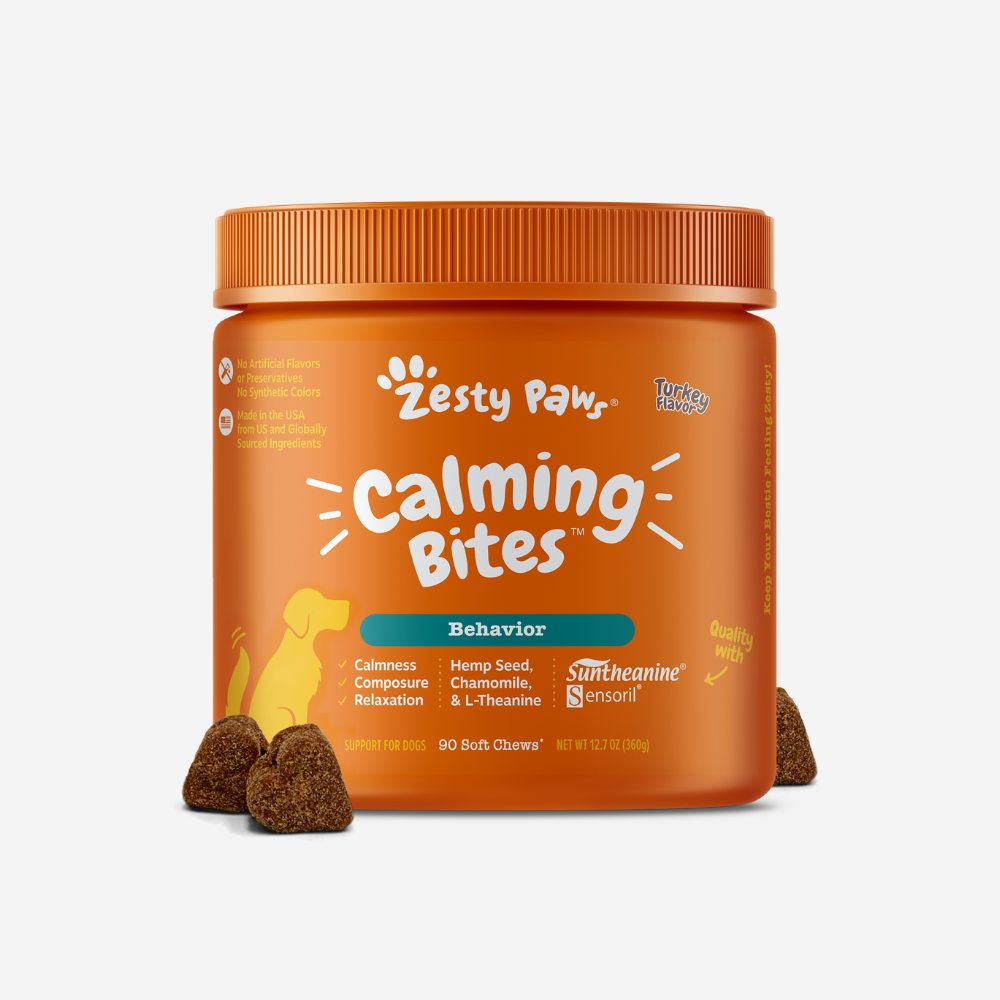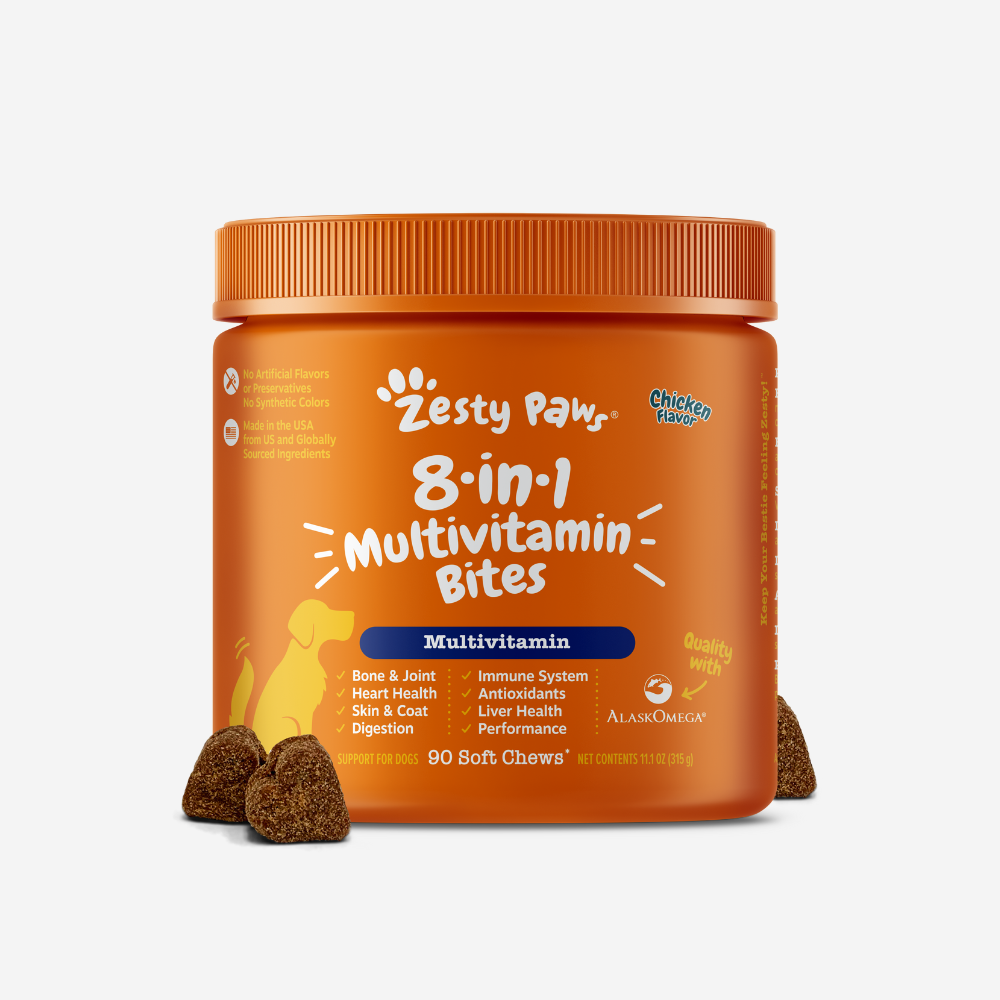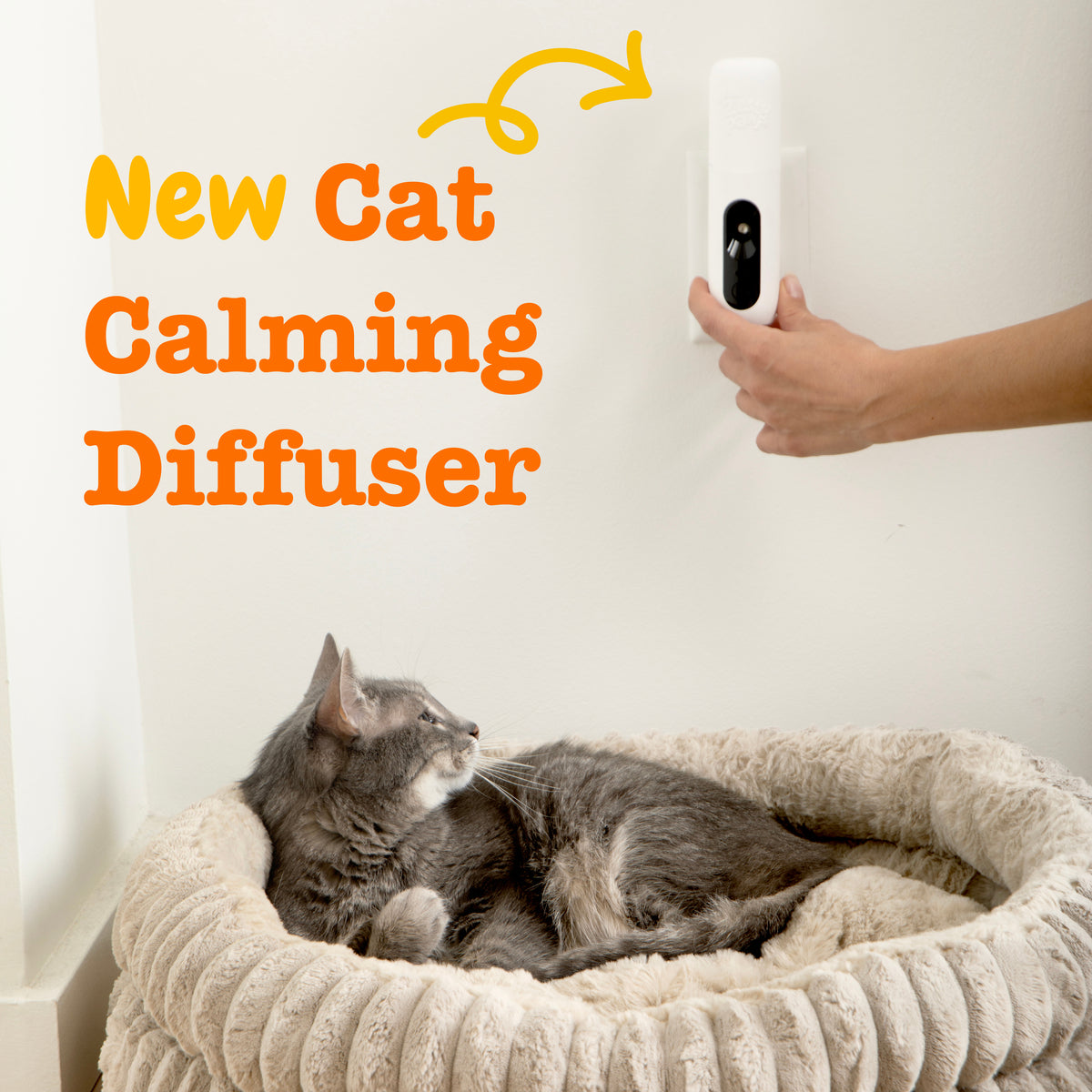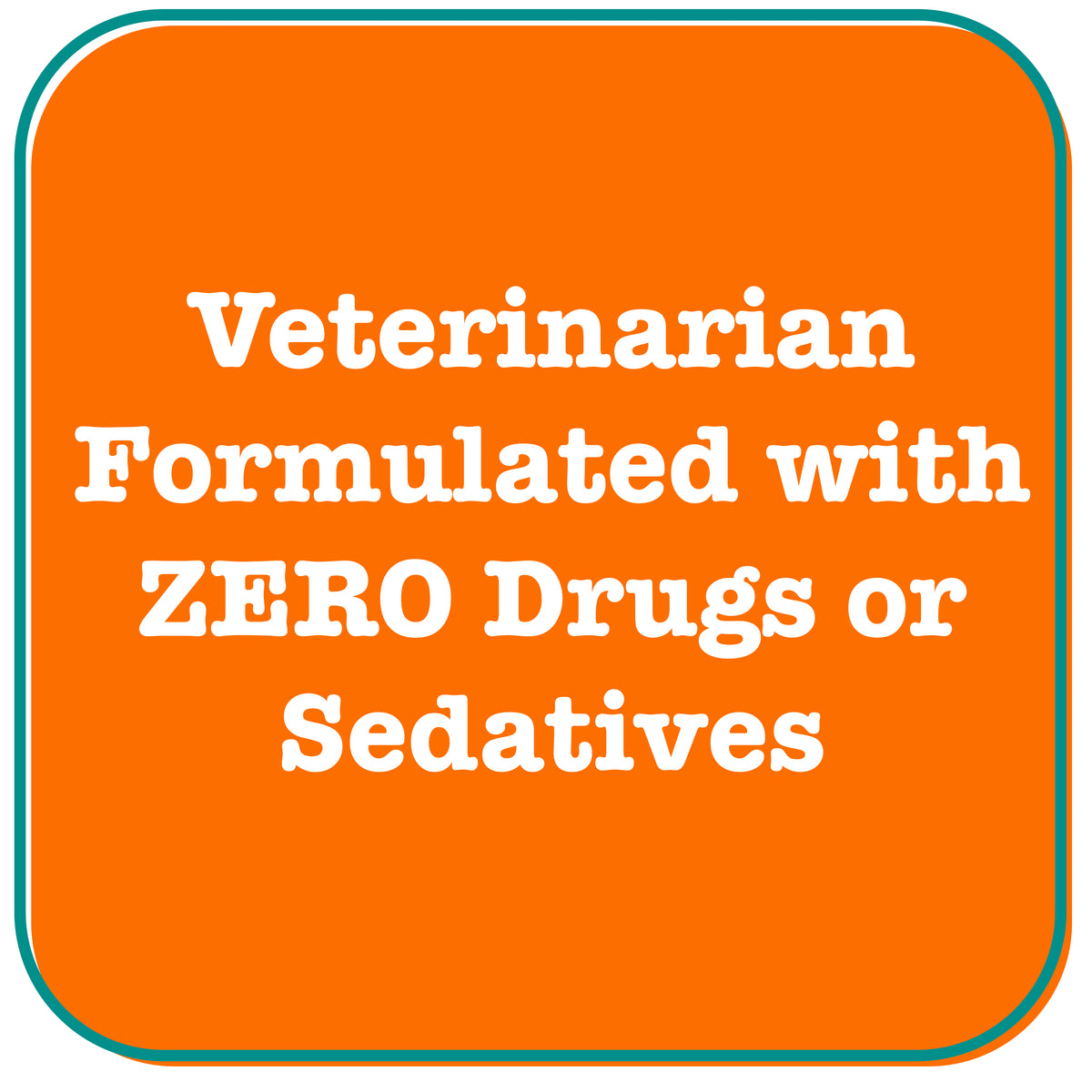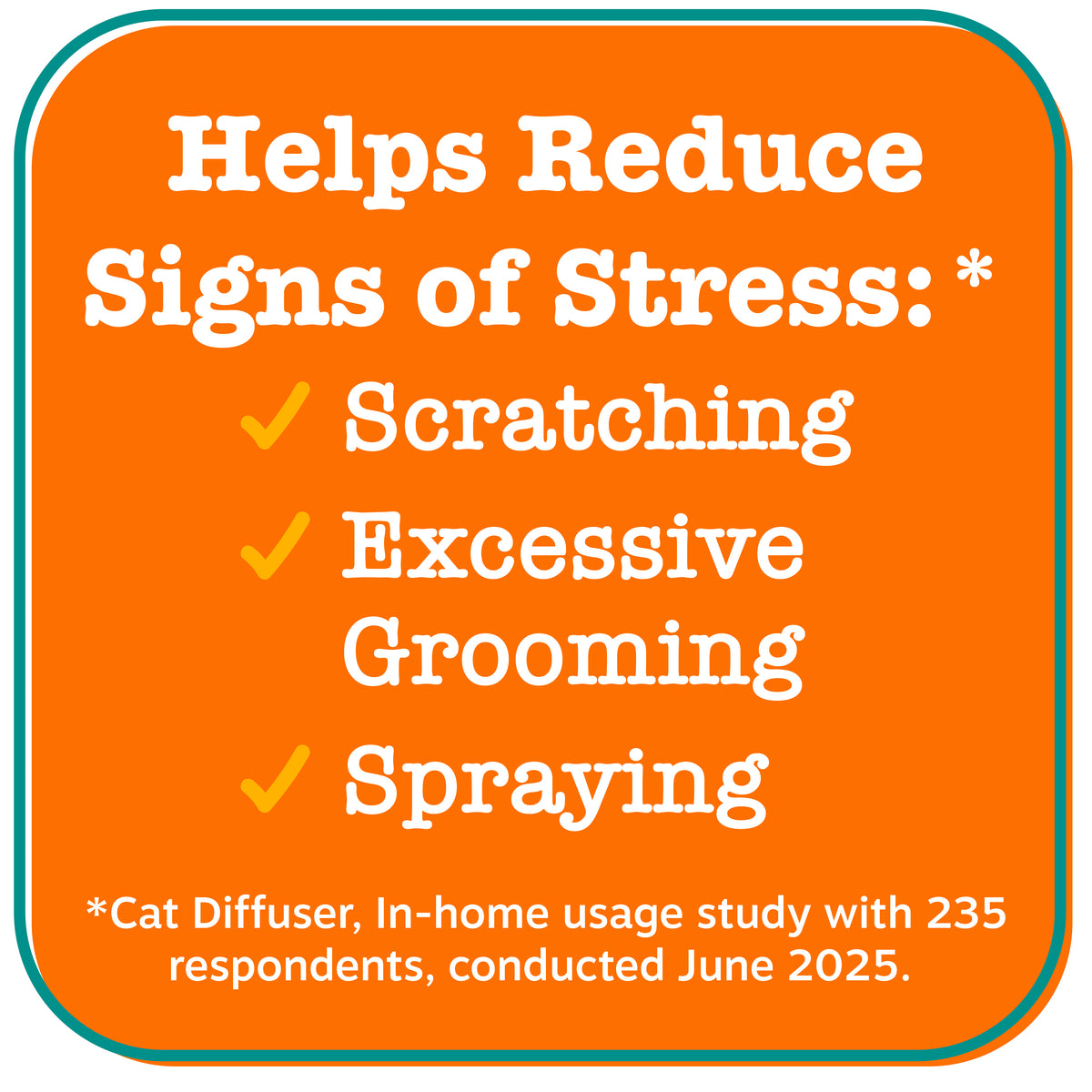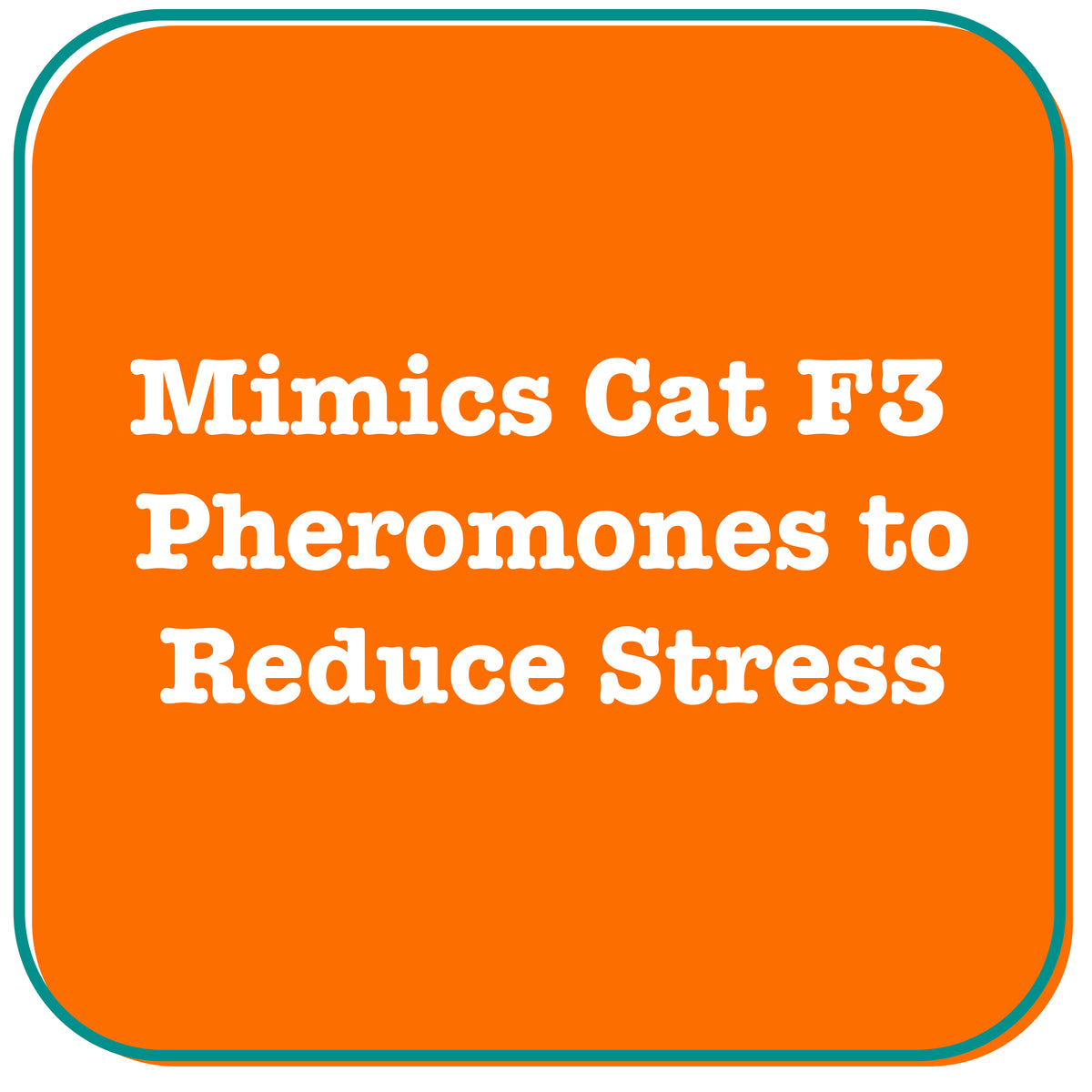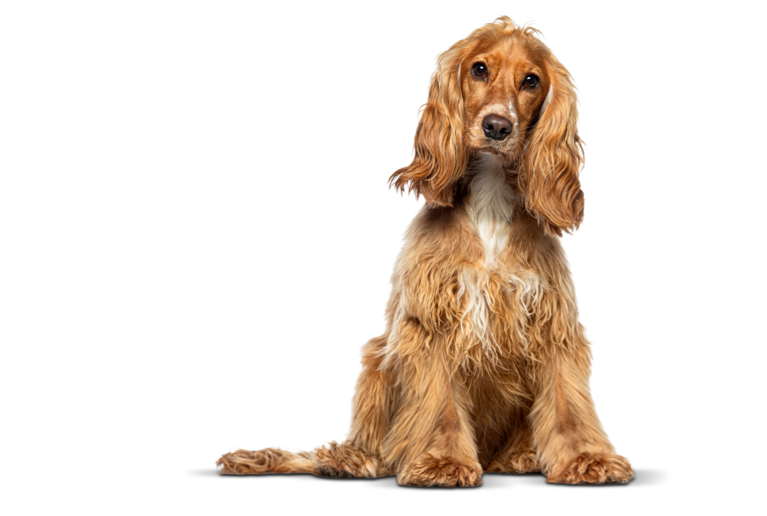
Ever notice how when we talk about what’s important in food, protein often steals the show? Not just for us, but for our furry friends, too! While it is a significant source of energy and a building block, the truth is, it’s time to talk about fat.
Dogs need fat. Like protein, fat gives them that zoomy-level energy we love to see, and it’s an important building block. But fat also carries key vitamins and, from the time they’re puppies, fat is an essential part of all their growth — from supporting the development of their brains to promoting healthy skin, coat, and nails.
Now, before you flip over that package of dog food to see how much dietary fat it contains, you need to understand that the goal isn’t just an amount of fat but a balance in types of fats.
You’ve probably heard fats described as saturated or unsaturated (the latter of which includes monounsaturated and polyunsaturated). Dogs need both types, but it’s the unsaturated, specifically, the polyunsaturated fats (PUFAs), you need to pay extra attention to.
The two main kinds of PUFAs are omega-6 fatty acids and omega-3 fatty acids. Both are essential, but like playtime and sunbeam snoozles, dogs can’t have too much of one and not enough of the other. It’s all about balance!
For example, part of the job of omega-6 fatty acids is to increase inflammation, which dogs need so their immune system works when they need it to, while omega-3 fatty acids reduce inflammation, which is also important because while some inflammation is necessary, too much can lead to serious health issues. Again, balance.
The challenge is, many commercial pet foods have more than enough omega-6s and not enough omega-3s, which is why omega-3 supplements — often described as being for skin and coat — are one of the more common supplements out there for dogs.

There are actually 11 types of omega-3 fatty acids, but the three you’ll hear about most, because they’re most important, are DHA (docosahexaenoic acid), EPA (eicosapentaenoic acid) and ALA (Alpha-Linoleic Acid). Dogs can’t make these on their own, so they need to get them in their diet.
Omega-3 fatty acids — and specifically DHA and EPA — are leaders of the pack. They help make our dogs happy, playful, and cuddly soft, by:
- Supporting growth and development in puppies, including their brain, central nervous tissue and vision (which is why it’s even more important for pregnant and lactating dogs)
- Helping dogs with inflammation
- Contributing to skin health
- Helping reduce stress
What’s even more important is knowing what foods you can find them in.
The most common source of omega-3 fatty acids is the sea. Fatty fish, like salmon, is high in omega-3s, so a tasty supplement that includes salmon is an easy way to give it to them.
Phytoplankton is another great source. This microscopic marine algae is known as the food of the ocean since so many aquatic animals rely on it.
Be careful about coconut oil. It does have omega-3s and it does have several nutritional benefits, but since it’s high in omega-6 fatty acids, it’s not going to help correct that balance.
Hemp and flaxseed oil are also sources, but their omega-3s don’t convert as well to EPA and DHA.
One of the millions of things to love about dogs is — perhaps compared to some other members of our households — that they’re pretty low-maintenance family members. We don’t have to do a lot to get that tail-wagging, slobbery kiss kind of love that is usually so immense their little bodies can’t contain it. But one thing we can do is make sure they’re getting all the important nutrients those bodies need every day!


